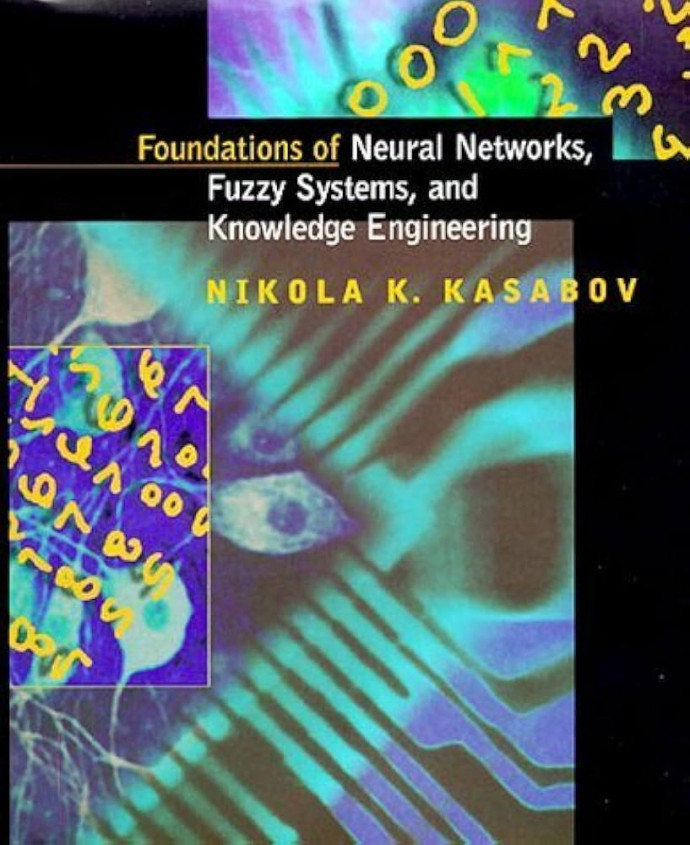30 years of neural networks in New Zealand

By Professor Nikola Kasabov FRSNZ
Neural networks, from early Hopfield associative memories to the recent deep neural networks, have become the major computational models in the recent advancement of artificial intelligence (AI) and its amazing applications in all areas of science, engineering, and social sciences. It is not incidentally that in 2024 the two Nobel Awards in Physics went to pioneers in neural networks – John Hopfield (Neural network associative memories) and Geoff Hinton (deep neural networks) – and the three Nobel Awards in Chemistry went to three scientists applying neural networks and AI for the study of proteins.
New Zealand’s first academic course on neural networks was established at Ōtākou Whakaihu Waka University of Otago in 1994 (INFO411 – “Neural Networks and Fuzzy Systems”). That was followed by a systematic book volume published in 1996 by MIT Press, cited widely internationally (“Foundations of Neural Networks, Fuzzy Systems and Knowledge Engineering” by N. Kasabov). Neural networks are now taught in all universities and even in some high schools in New Zealand.
Neural networks are in the core of the most advanced developments of AI models and systems all over the world now and in New Zealand as well, in areas such as health, medicine, neuroinformatics, bioinformatics, agriculture, horticulture, forestry, environmental studies, and personalised modelling. The recent development of neural networks includes the so-called brain-inspired neural network, an example of which is the developed at KEDRI/AUT NeuCube spiking neural network architecture, which has been used in more than 50 countries. Read more.
In the last 30 years, many scientists and practitioners in New Zealand, from academia and industry, have been involved in the development of methods of neural networks and their exciting applications.
Congratulations to all of them!
